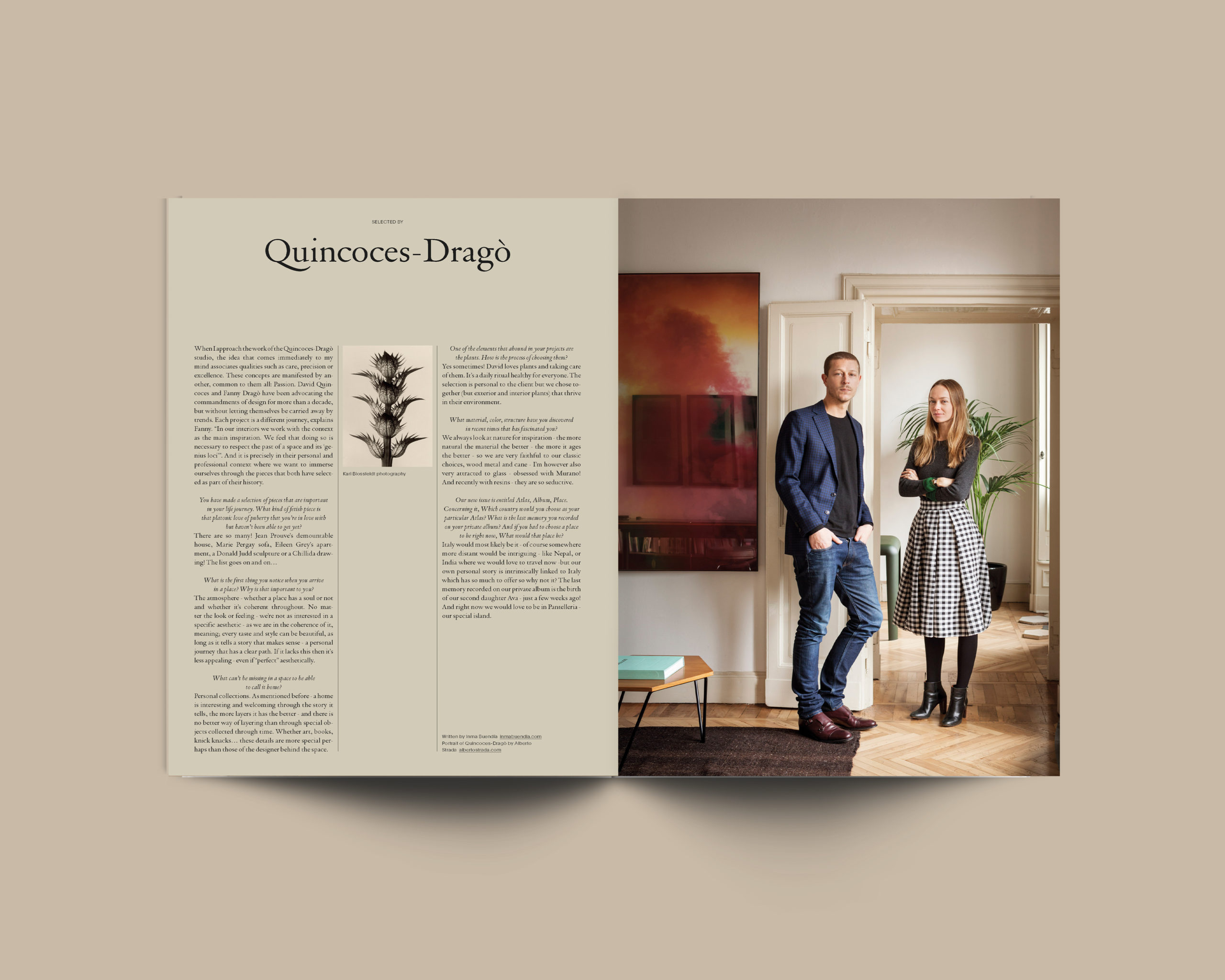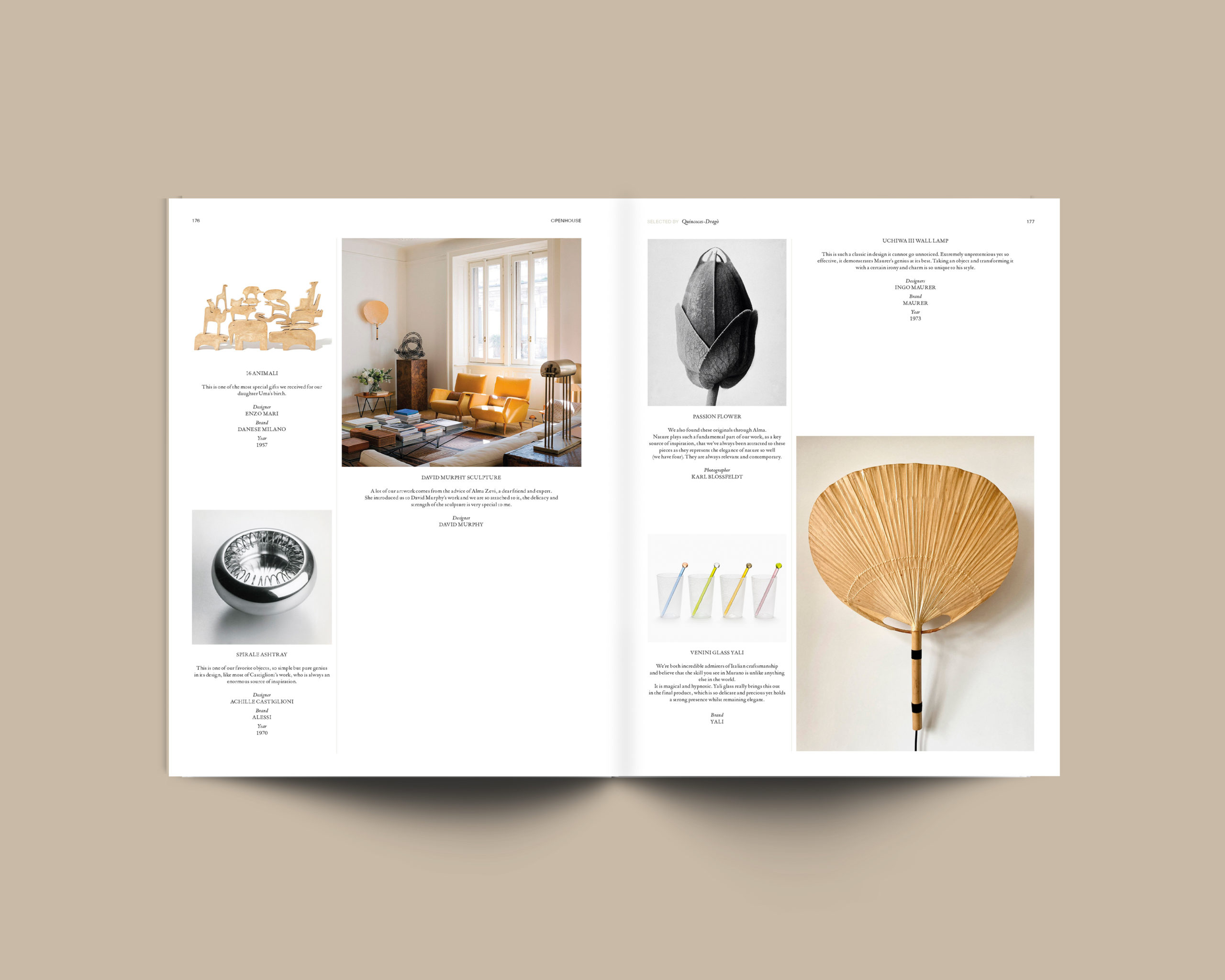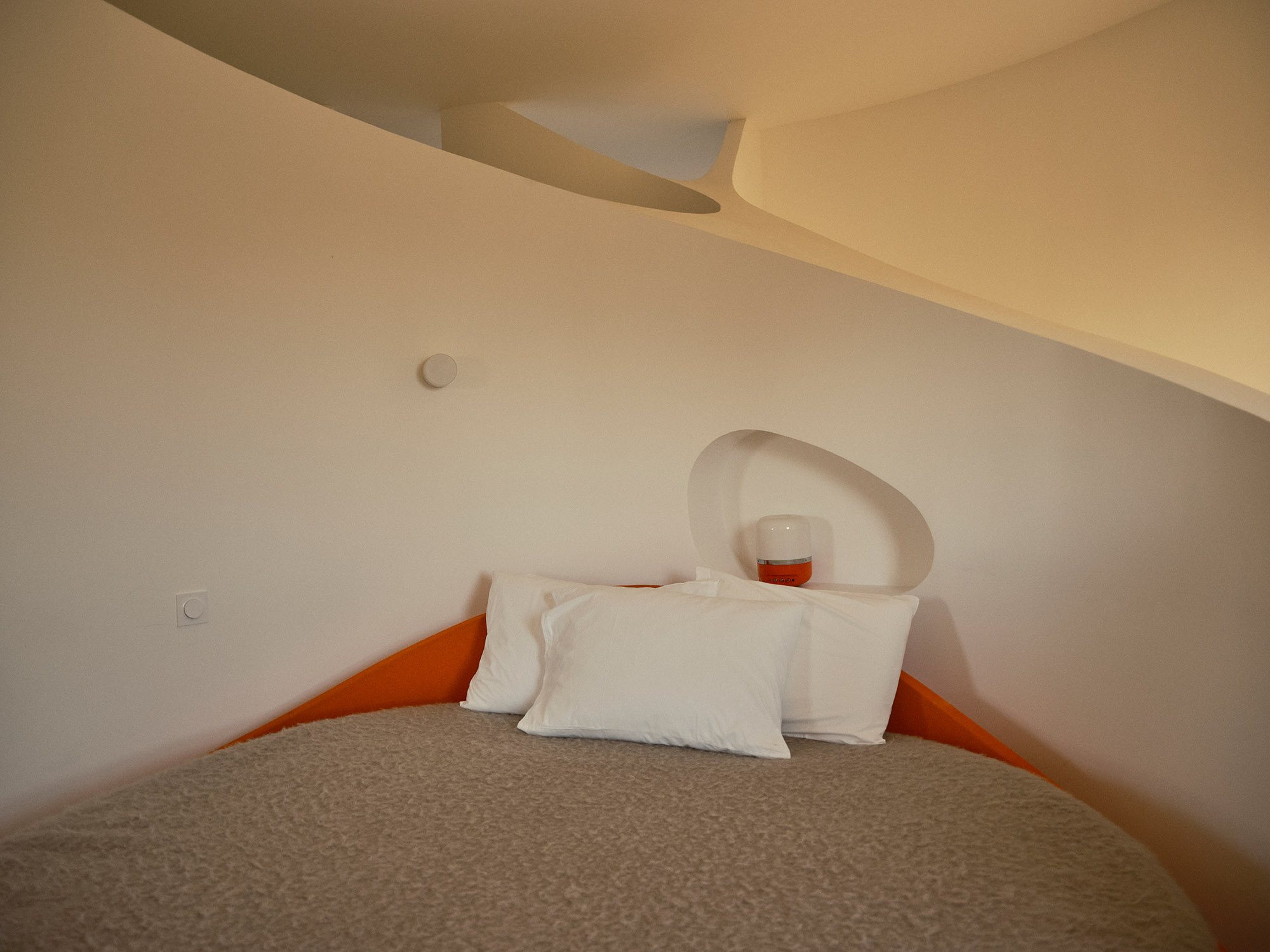
Atlas, Album, Place
Introducing Issue Nº17
“A book to stay and one to go,” wrote legendary photographer Luigi Ghirri. Discovering those books as a child, the family album and the world atlas presented to him a stimulatingly visual and complete universe, “the inner and the outer, my place and my history, the places and the history of the world.” That clarity of vision initiated and shaped Ghirri as a photographer and continues to shape the archive of his work overseen by his daughter (“Thinking in Pictures: Luigi Ghirri as seen by Adele Ghirri”).
We each operate within and between our own personal systems of “album” and “atlas”; where they meet is perhaps our experience of “place” (intimate but with a public address!). We like to think of place as deeply anchored, firmly located, dependable. But in reality, it is always in movement, a stretchy, cozy and/or itchy membrane, between our perceived individual/familial boundedness and the broader world with which we connect. It is complicated by histories, personal and world, that have through-lines that can unbalance or surprise; ah-ha moments, and oh-no moments.
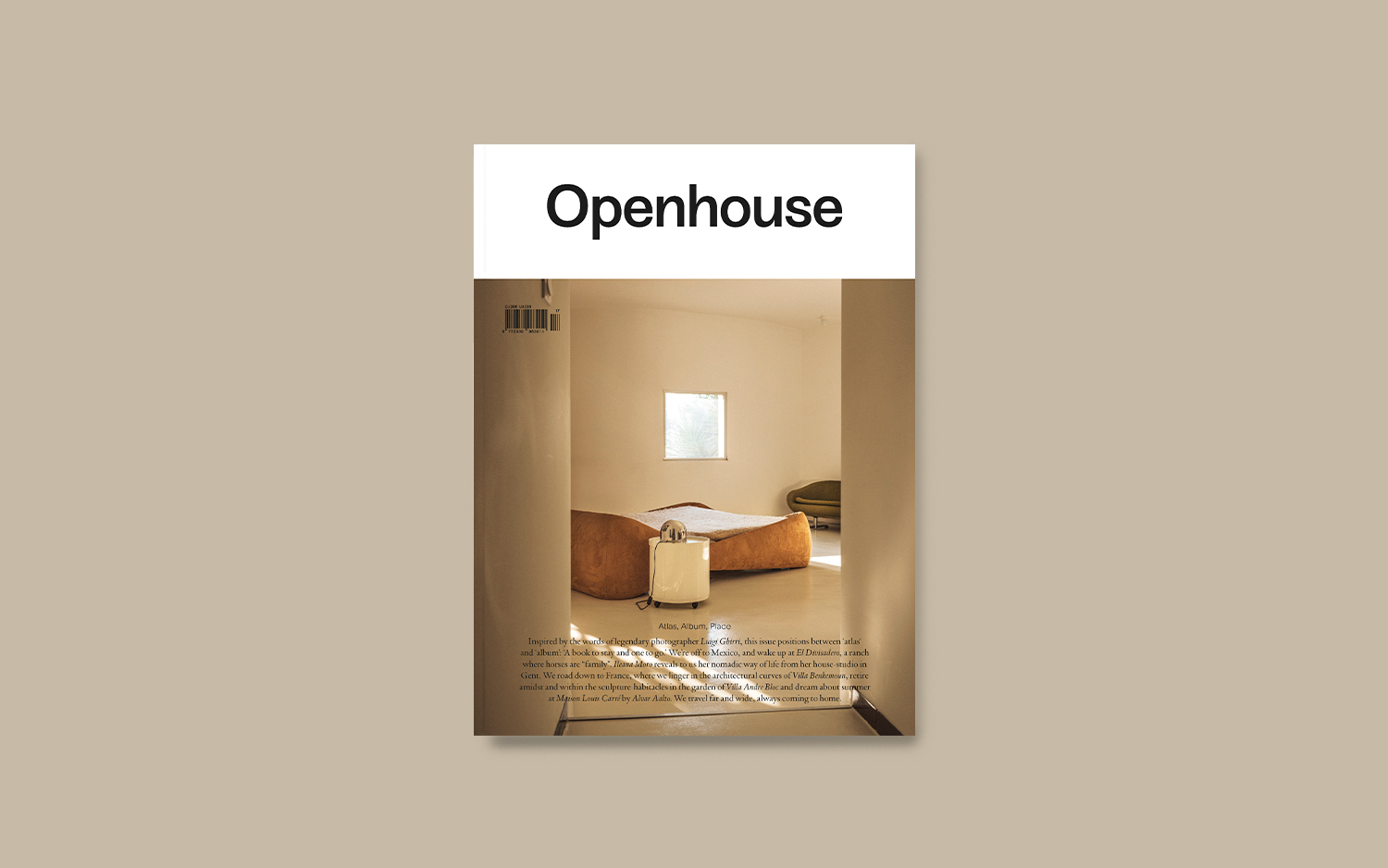
The stories in this issue beautifully tell of finding the right place, returning to the right place, and even recognizing the wrong place. Narratives unwind through image and text: a daughter returns, a family arrives, a young woman flees, generations root, a “custodian” dedicates. Artist Ileana Moro reveals a grounding sense of identity (“I’ve always known I was an artist”) yoked to a nomadic relationship with the world, frequently relocating throughout the Americas and Europe. In these journeys, she identifies an enigma: “It’s funny how you can sometimes feel like you belong even when you know you’re in the wrong place” (“The Freewheelin’ Ileana Moro”).
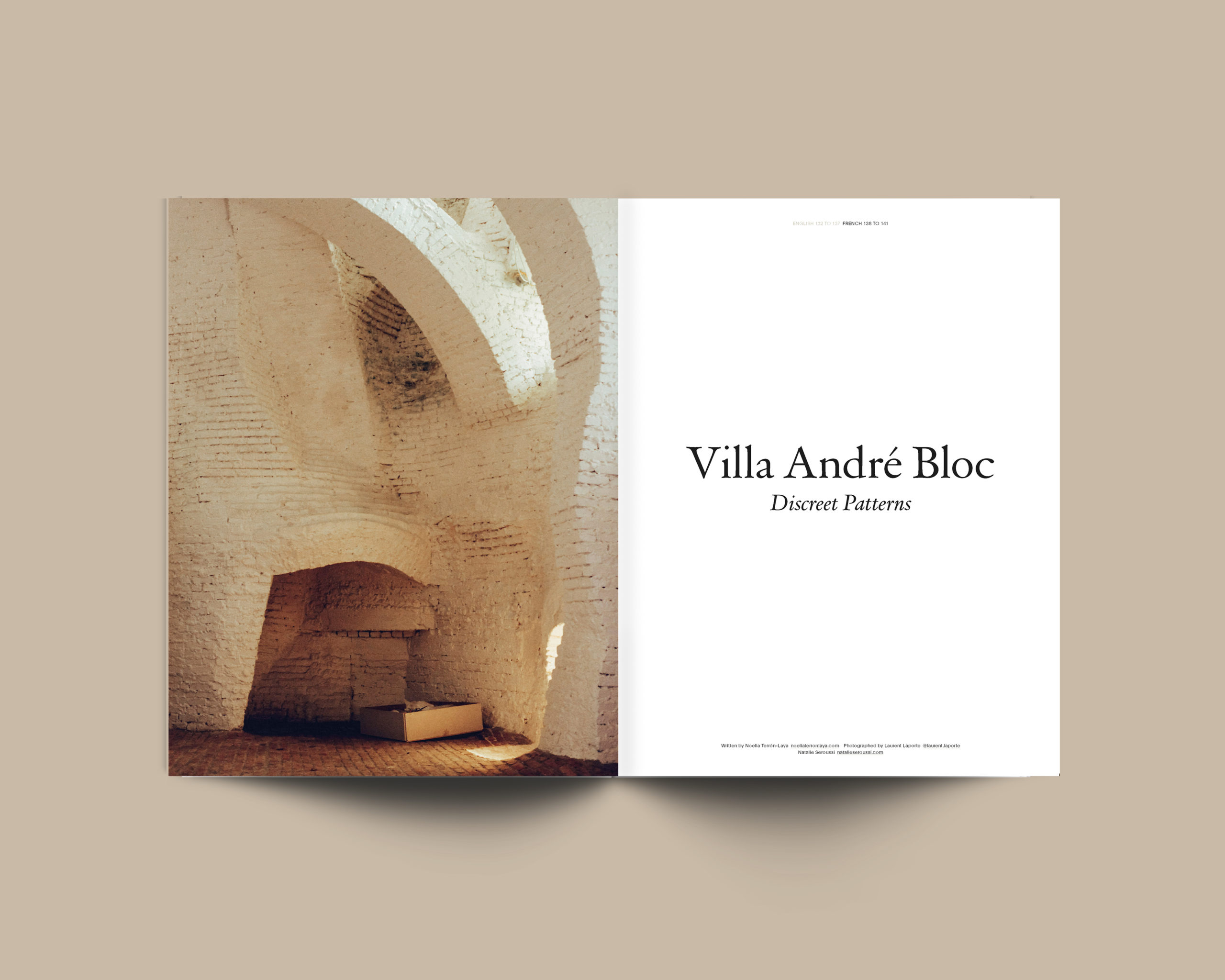
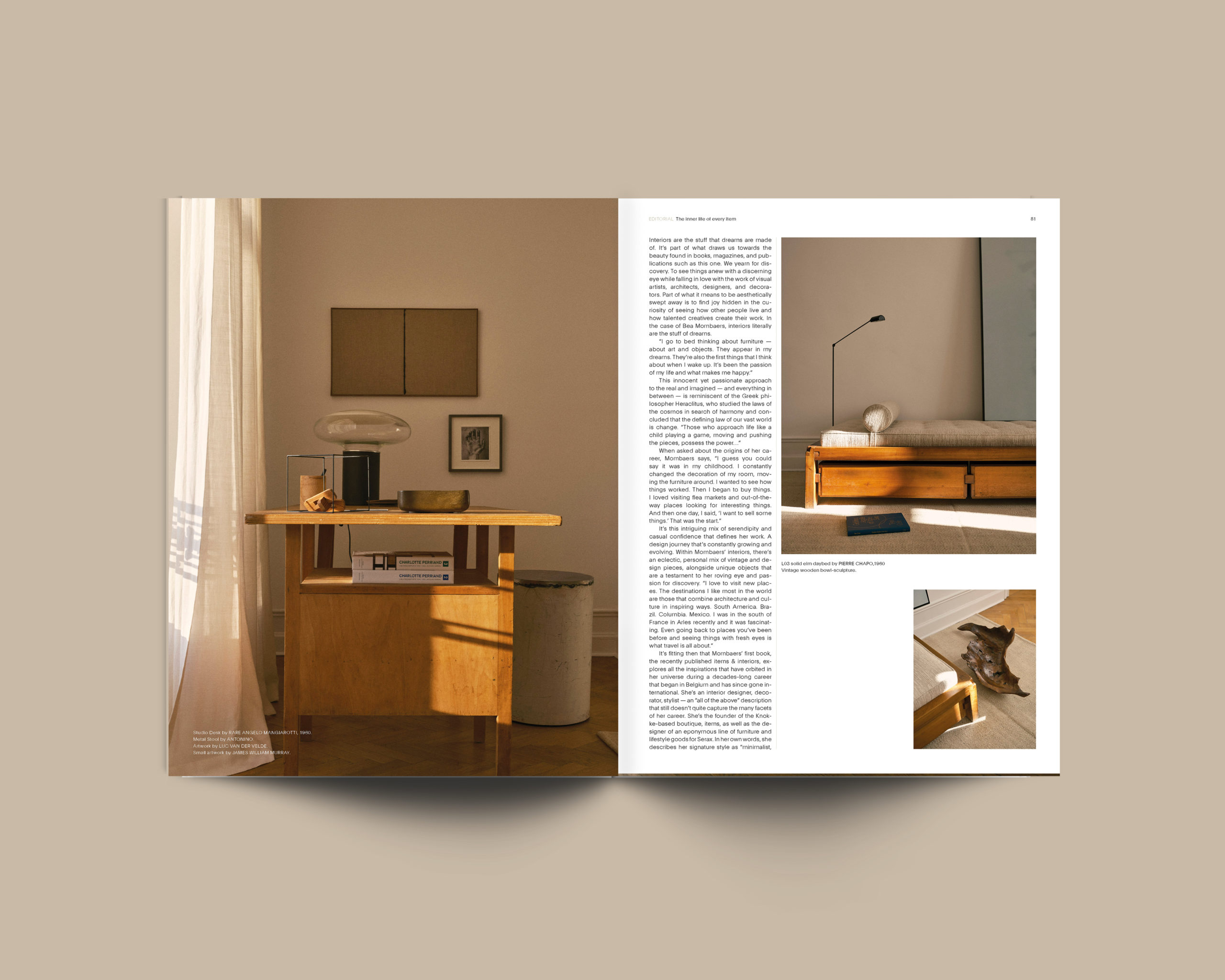
And when gallerist Natalie Seroussi bought the Andre Bloc house 30 years ago, she may not have known how seamlessly she would integrate her care for Bloc’s public-facing legacy while simultaneously settling quietly within the house as her own “It is a place for everyday life” (“Discreet Patterns: Finding Form at Villa Andre Bloc”). In Jalisco, Mexico, a new home (MO+G taller de arquitectura) on generational land, inwardly gathers family (which includes horses) while redirecting vision outwards to 360º of natural world (“With In El Divisadero”). Here the components of place feel deeply integrated, sinking into the palm of the land.
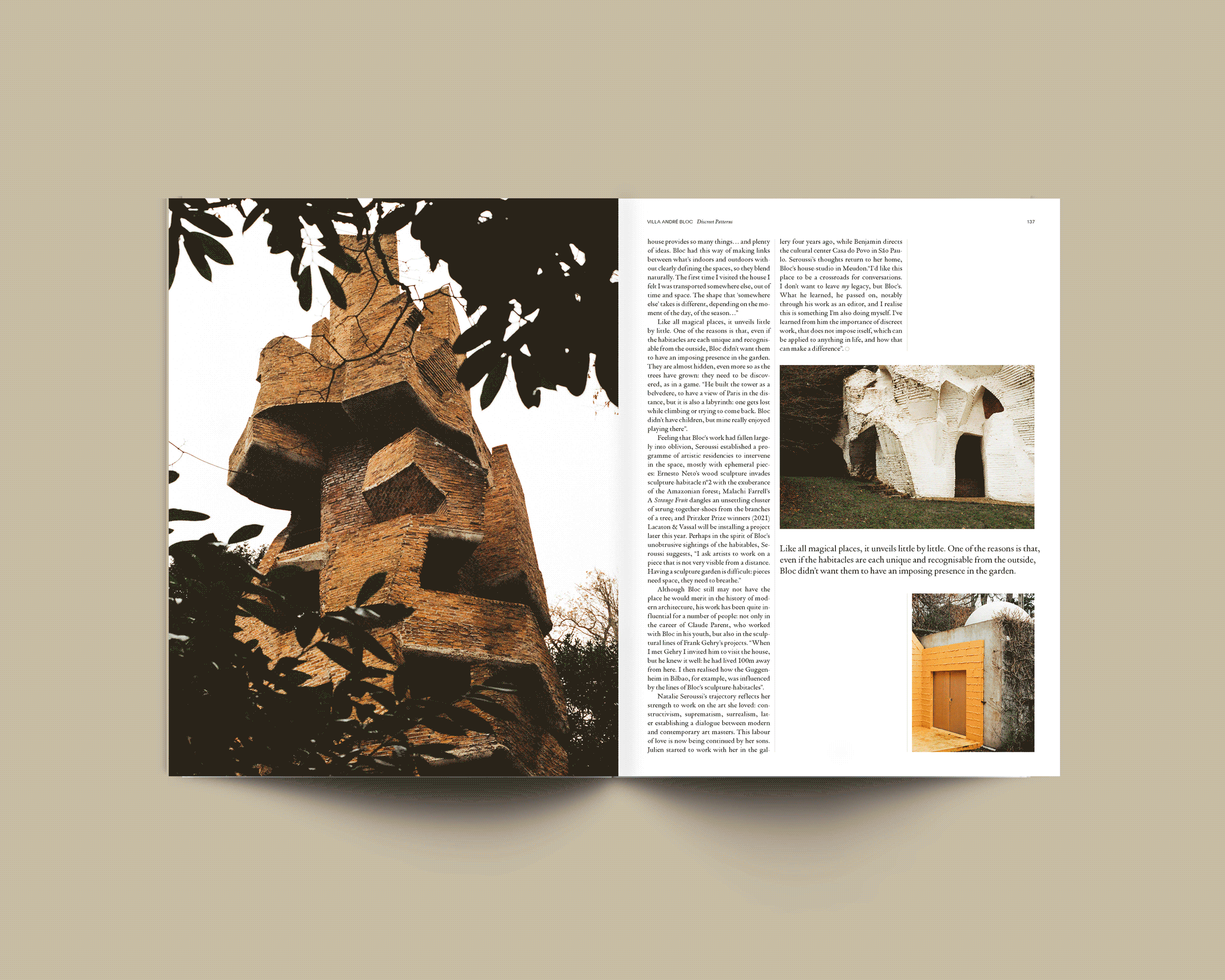
Perhaps the most distinctly articulated “place” in these pages is that of Max Rocha (“Café Cecilia”). “My favourite spot is in that corner,” he says, “rolling pasta, watching the space slowly fill up. I want it to be about the food and the staff. It takes a team to make this work.’” Out of the limelight, but not retreated, and supported by his team which includes family, he faces towards his world—a London evening with diners, friends and strangers, arriving and delighting in the hospitality.
